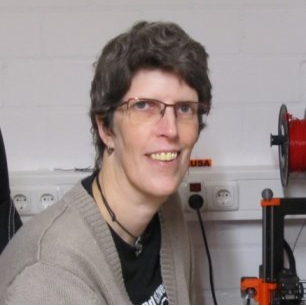Electrospinning of Biopolymer Nanofibers
A special issue of Polymers (ISSN 2073-4360). This special issue belongs to the section "Polymer Applications".
Deadline for manuscript submissions: closed (31 July 2020) | Viewed by 15168
Special Issue Editor
Interests: biopolymers; electrospinning; magnetism; spintronics; optics; dye-sensitized solar cells (DSSCs); smart textiles
Special Issues, Collections and Topics in MDPI journals
Special Issue Information
Dear Colleagues,
Electrospinning is a versatile technique to produce nanofibers from diverse polymers. Especially biopolymers are often dissolvable in water and can thus be electrospun in an eco-friendly way. These materials, however, need a crosslinking after-treatment to receive the desired amount of water-resistance. On the other hand, water-resistant polymers can be blended with water-soluble biopolymers, in this way modifying the nanofiber morphology or adding the intrinsic functionalities of the latter, such as antibacterial or fungicide properties. Other biopolymers are intrinsically water-stable and thus do not need crosslinking or blending for most applications.
This special issue focusses on electrospinning of biopolymers, either solely or blended with other biopolymers or man-made polymers. It covers the full range from basic research on electrospinnability with different techniques (needle, wire, cylinder etc.) to “green” crosslinking routes to possible applications and methods of upscaling nanofiber production from laboratory to industry scale.
Prof. Dr. Andrea Ehrmann
Guest Editor
Keywords
- biopolymer nanofibers
- electrospun biopolymer blends
- intrinsic properties of electrospun biopolymers
- nanofibers for tissue engineering
- bio-medical applications of biopolymer nanofibers
- green electrospinning
- crosslinking electrospun biopolymers with non-toxic substances






